I am trying to model the Lotka-Volterra Predator-Prey system, using the coupled DE's:
dy(1)/dt = rx(1-x/k) - ay(1)y(2) % prey population
dy(2)/dt = aby(1)y(2) - dy(2) % predator population
Here is the code I have :
% Solves equations using numerical ODE solver 45 (nonstiff runge kutta)
runtime = 1000; % Duration time of simulation in seconds.
%Parameter values used in simulation
r = 0.5; % exponentional growth rate of prey in absence of predator
a = 0.01;% conversion efficiency of predator
b = 0.02; % attack rate
d = 0.10; % death rate
k = 750; % carrying capacity
y0 = [10, 10] % initial conditions y(1)= 10, y(2) = 10
deq1=@(t,y) [r.*y(1)*(1-(y(1)./k))- a.*y(1)*y(2); a.*b.*y(1).*y(2)- d.*y(2)];
[t,sol] = ode45(deq1,[0 runtime],y0);
How can I change my code so that time series plots (y(1) vs. time) show oscillations, rather than steady states? It seems like something is going wrong in the integration step, as the plots are structured the way I want them but the behavior of the functions is not what I expected.

